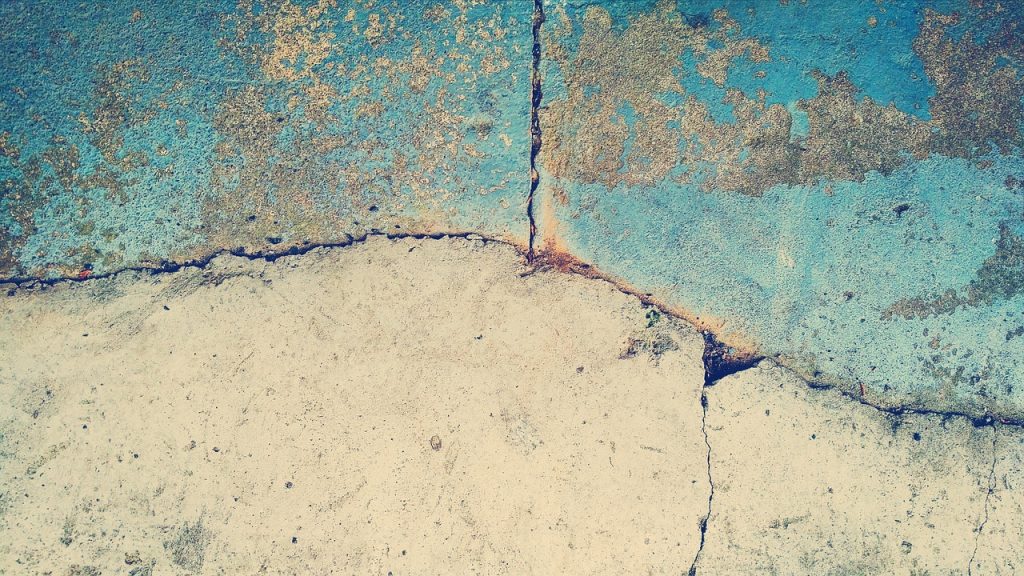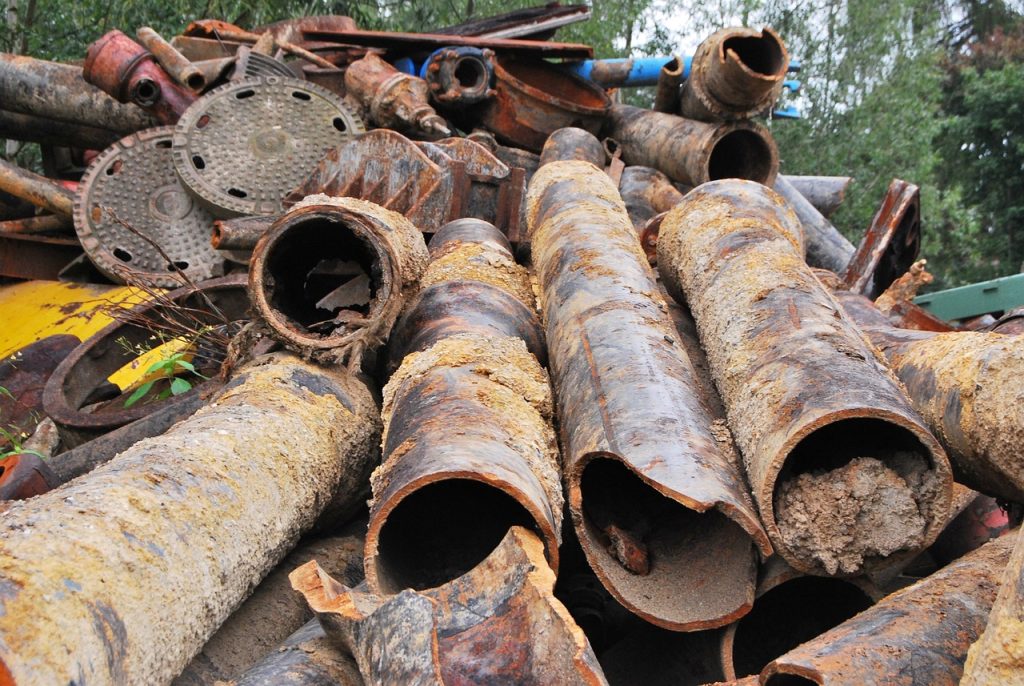- Identify leftover concrete from construction sites, homes, and other projects.
- Break down the accumulated ‘site concrete’ using excavators and breaker breakers.
- Process the broken concrete with the help of concrete suppliers using crushers to reduce the size.
- Transport the crushed concrete to local concrete recycling centers.
- Undergo further crushing at the recycling center to reduce the concrete to even smaller pieces.
- Convert the processed concrete into new products using construction tools and techniques.
- Reuse the recycled material in further construction projects or as a base material.
How to Recycle Concrete: A Comprehensive Guide Featuring Concrete Suppliers, Site Concrete and Local Concrete Recycling
Recycling concrete is a vital component in modern construction projects. Over time, concrete from building sites, homes, local projects and other sources collects on your site or a locale near your home. Often builders and construction enthusiasts face the dilemma: “How do I recycle concrete?” This is a comprehensive, in-depth guide on how to recycle concrete, featuring the roles of concrete suppliers, on-site concrete handling and the benefits of local concrete recycling.
The first step in concrete recycling is identifying the leftover concrete. This typically reflects as remnants of construction. It could appear as broken slabs, cracked walls, or even demolished homes. Accumulated concrete is considered ‘site concrete’. It’s essential to properly break down site concrete to prepare it for recycling. Excavators and breaker breakers are primarily used for this. Breaker breakers are machines designed to break construction materials, including concrete, into manageable parts. These are typically used on larger construction projects.
Once broken down, the concrete waste needs dealing with. This is where concrete suppliers come in. The primary function of concrete suppliers is to provide raw materials or base materials like aggregate stone to construction sites. However, they also play a crucial part in the process of recycling concrete. They provide the equipment necessary to process the concrete waste, such as crushers. Crushers are machines built to reduce the size of the concrete waste into smaller, aggregate stones. These pieces are then suitable for further recycling processes or reuse in other construction projects.
Local concrete recycling centres handle the recycling process skillfully. The initial stages involve the crushing process, where the broken concrete is put through a crusher. The crusher reduces the concrete to smaller pieces. The objective is to reduce the material into sizes that are easier to work with. Concrete recycling generally converts waste concrete materials into a new product by using several construction tools and crusher techniques.
There are various benefits to recycling concrete. It provides base materials for construction sites, reduces the costs of purchasing new materials, reducing waste, and reducing hazardous dust. A significant benefit is that the leftover concrete is utilized as base material, contributing to the overall construction works and reducing costs. The base material is an advantageous asset for builders needing quality material without incurring high costs. The recycling of concrete also implies a reduction in the production of new products, thereby reducing costs on a wider scale.
Concrete recycling benefits the environment by decreasing the amount of waste that ends up in landfills. It’s also a cost-effective and practical strategy for handling concrete waste from construction sites. Moreover, recycling concrete reduces the need for new sand and gravel for production, a benefit that adds to environmental preservation.
To sum up, recycling concrete involves breaking down leftover concrete, processing it via crushers, recycling it at a local concrete recycling centre and then reusing the recycled material in further construction projects. This process, with the essential roles of concrete suppliers and local recycling centers, is crucial in today’s world. It not only reduces the costs and the demand for new base materials, but it also minimizes subsequent environmental impacts and contributes significantly towards sustainable building practises. With the right equipment and knowledge, you too can contribute effectively to recycling concrete.
Understanding Local Landfill Disposal and Recycled Concrete: Recycling Concrete Responsibly
If you’re involved in business ownership that handles concrete, you may have often wondered how to handle your concrete disposal. Concrete waste is a significant issue that requires serious attention. It adds a ton of waste to our local landfill. However, there’s a responsible alternative: recycling concrete. Yes, you’ve heard it right. Similar to how we recycle paper or plastic, we can also recycle concrete.
Recycling concrete isn’t just essential from the environmental perspective; it’s also profitable for businesses that deal with substantial amounts of concrete materials. When recycled, concrete can be used to produce aggregates like sand and crushed concrete. These recycled materials can be used as a substitute for natural sand and aggregates in the production of new concrete. This type of concrete, known as recycled concrete, carries tremendous environmental and economic benefits. Not only does it save natural aggregates, but it also reduces the tonnage of waste that goes into our landfills, conserves water, and reduces carbon emissions.
When you collected concrete is processed, materials such as wood, paper, and other waste materials are removed. The remaining concrete is then crushed using powerful equipment. This crushed concrete is then passed through several rounds of crushing and sorting equipment to create finely crushed material. This process yields a composite material that closely resembles natural aggregates that are traditionally used in the construction industry. Furthermore, the same equipment used to crush the concrete can be used to size and sort the recycled concrete into various aggregates, further enhancing its utility and value.
Alright, let’s switch gears and understand what happens when you decide to dispose of concrete waste via your local landfill. First off, it’s not as simple as loading a ton of it in a truck and driving it to your nearest landfill site. Disposal regulations vary from locale to locale. Some might require that you dispose of concrete waste separately. Others may have specific methods to properly dispose of concrete waste. Moreover, some charge fee based on the amount of concrete waste you’re disposing of. To complicate matters more, some landfills may not accept concrete materials at all. Navigating these regulations can be a daunting task.
Now, let’s circle back to recycled concrete. In light of the disposal issues mentioned previously, you can see why concrete recycling is an attractive alternative. The process of creating recycled concrete has been refined and perfected over the years. It’s now possible to produce recycled concrete with properties closely matching those of natural aggregates. Considering the shortage of natural sand and aggregates worldwide, recycled concrete can supplement the demand to a large extent.
Moreover, recycled concrete is not limited to generating aggregates. It can also be used to create new cement. When crushed, concrete produces a large amount of fine particles that can be used as a raw material for manufacturing cement. This further reduces our reliance on natural resources and makes for an efficient and environmentally friendly method for disposing of concrete waste.
Finally, let’s consider the cost implications involved. Concrete recycling, despite the initial investment in equipment, can save money in the long run. Not only does it reduce the costs associated with waste disposal, but it also creates a revenue stream from the sale of recycled concrete aggregates. These benefits coupled with the significant environment value, make recycling concrete a must for anyone dealing with great volumes of concrete.
In conclusion, responsible and efficient concrete recycling is a win-win situation for businesses as well as the environment. An essential step towards sustainable and environmentally friendly practices is to recycle, re-use, and reduce. Let’s make the process of concrete recycling a standard practice in the industry, further helping our planet stay green.




